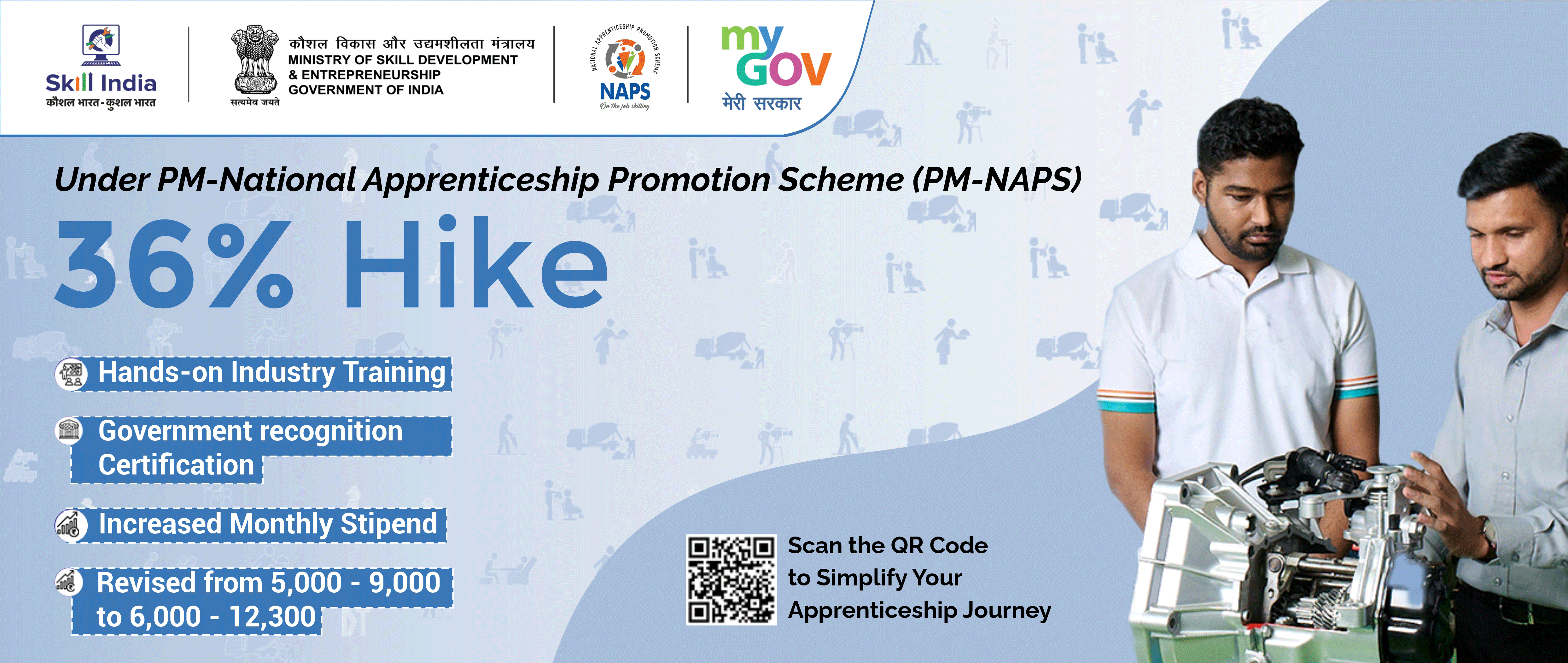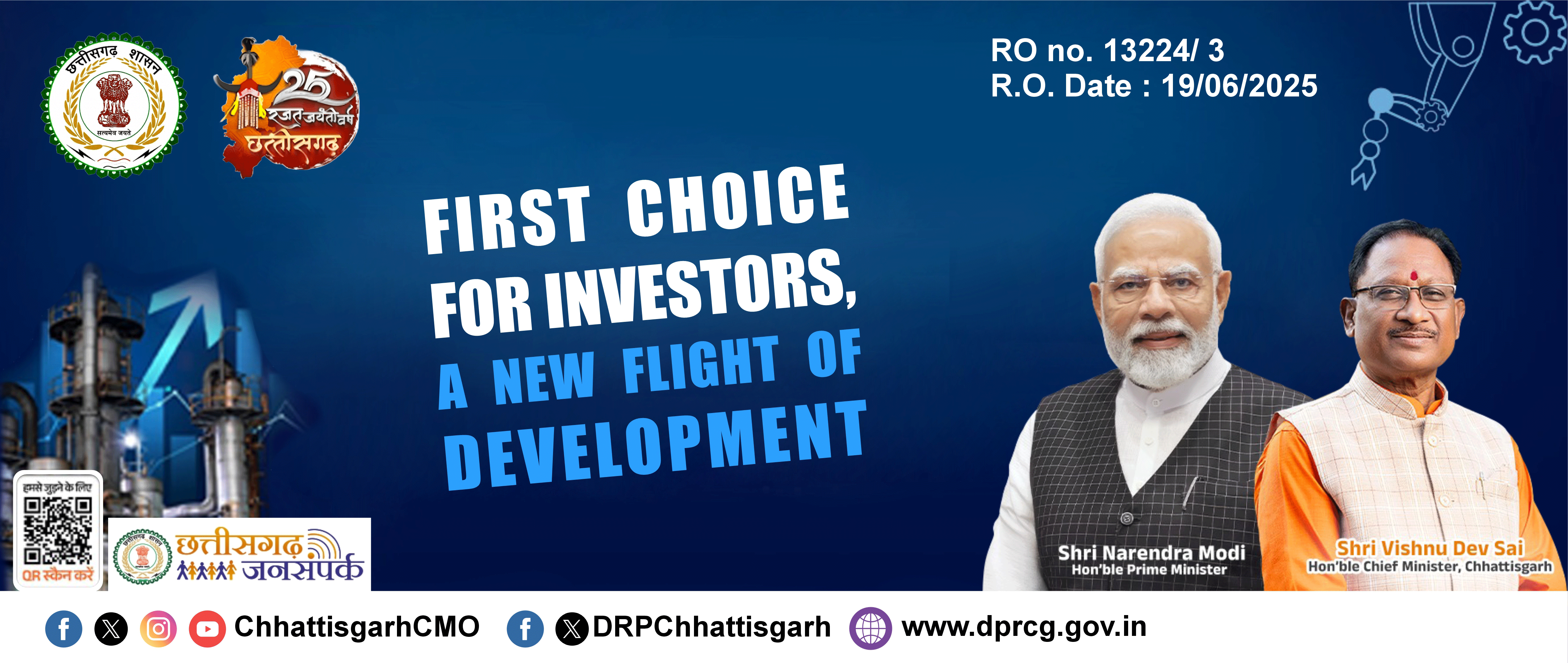TO RECIEVE EXCLUSIVE POSTS AND NEWS
Must Read
Govt approves 7th CPC recommendations including 34 modifications
By IndianMandarins- 29 Jun 2017
834![]() [caption id="attachment_17168" align="alignnone" width="298"] FILE PHOTO[/caption]
The government on Wednesday approved the recommendations of the Seventh Central Pay Commission (CPC) after making 34 modifications, including a decision to retain 12 of the 53 allowances that were proposed to be abolished.
The modifications were suggested by a Committee on Allowances set up by the government last year following the submission of the seventh CPC report and an Empowered Committee of Secretaries screened the recommendations.
The approval will cost the government an estimated Rs 30,748 crore per year. This is slightly more than the Rs 29,300 crore per year projected by the pay commission report. The extra Rs 1,448 crore accounts for the payment of allowances that the government has decided to retain against the advice of the pay commission. The decision to retain these allowances was taken keeping in view the specific functional requirements of Railways, Posts and scientific departments like Space and Atomic Energy, a government statement said. It is likely to benefit about 1 lakh employees working in these departments.
The government said in a statement that most of the modifications, including the retention of above-mentioned allowances, relate to "continuing requirement" of existing arrangements, administrative exigencies and further rationalization of allowance structure.
Decisions that would benefit all government employees include an increase in the children education allowance from Rs 1,500 per month a child to Rs 2,250 to a maximum of two children. Hostel subsidy has also been hiked from Rs 4,500 per month to Rs 6,750 per month. Similarly, special allowance for child care for women with disabilities has been doubled from Rs 1,500 per month to Rs 3,000 per month. Higher Qualification Incentive for civilian employees, in the form of a grant, has been raised from the bracket of Rs 2,000-10,000 to Rs 10,000-30,000.
The government has also made it clear that the house rent allowance would not be less than Rs 5,400 in X category of cities (with population of 50 lakh and above), Rs 3,600 in Y category (with population between 5 and 50 lakh) and Rs 1,800 in Z category (with population below 5 lakh). Currently, HRA is paid at the rate of 30 per cent of basic salary for X category, 20 percent for Y category and 10 percent for Z category of cities. The pay commission had recommended that these rates be reduced to 24 per cent, 16 per cent and 8 per cent, respectively. But the government calculated a floor rate to protect the interests of employees in lower pay bracket, the statement said. This move is expected to benefit nearly 7.5 lakh employees, it said.
A range of additional benefits for defense personnel, including those working in central paramilitary forces, has also been approved. This includes an increase in Siachen Allowance and high altitude allowance and retention of ration money allowance.
[caption id="attachment_17168" align="alignnone" width="298"] FILE PHOTO[/caption]
The government on Wednesday approved the recommendations of the Seventh Central Pay Commission (CPC) after making 34 modifications, including a decision to retain 12 of the 53 allowances that were proposed to be abolished.
The modifications were suggested by a Committee on Allowances set up by the government last year following the submission of the seventh CPC report and an Empowered Committee of Secretaries screened the recommendations.
The approval will cost the government an estimated Rs 30,748 crore per year. This is slightly more than the Rs 29,300 crore per year projected by the pay commission report. The extra Rs 1,448 crore accounts for the payment of allowances that the government has decided to retain against the advice of the pay commission. The decision to retain these allowances was taken keeping in view the specific functional requirements of Railways, Posts and scientific departments like Space and Atomic Energy, a government statement said. It is likely to benefit about 1 lakh employees working in these departments.
The government said in a statement that most of the modifications, including the retention of above-mentioned allowances, relate to "continuing requirement" of existing arrangements, administrative exigencies and further rationalization of allowance structure.
Decisions that would benefit all government employees include an increase in the children education allowance from Rs 1,500 per month a child to Rs 2,250 to a maximum of two children. Hostel subsidy has also been hiked from Rs 4,500 per month to Rs 6,750 per month. Similarly, special allowance for child care for women with disabilities has been doubled from Rs 1,500 per month to Rs 3,000 per month. Higher Qualification Incentive for civilian employees, in the form of a grant, has been raised from the bracket of Rs 2,000-10,000 to Rs 10,000-30,000.
The government has also made it clear that the house rent allowance would not be less than Rs 5,400 in X category of cities (with population of 50 lakh and above), Rs 3,600 in Y category (with population between 5 and 50 lakh) and Rs 1,800 in Z category (with population below 5 lakh). Currently, HRA is paid at the rate of 30 per cent of basic salary for X category, 20 percent for Y category and 10 percent for Z category of cities. The pay commission had recommended that these rates be reduced to 24 per cent, 16 per cent and 8 per cent, respectively. But the government calculated a floor rate to protect the interests of employees in lower pay bracket, the statement said. This move is expected to benefit nearly 7.5 lakh employees, it said.
A range of additional benefits for defense personnel, including those working in central paramilitary forces, has also been approved. This includes an increase in Siachen Allowance and high altitude allowance and retention of ration money allowance.





















